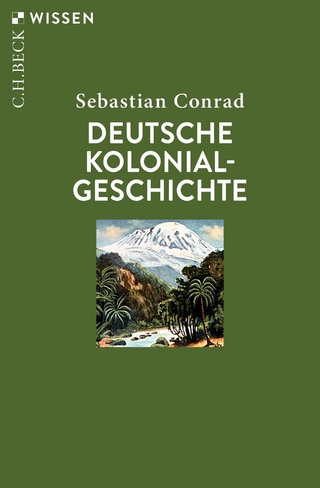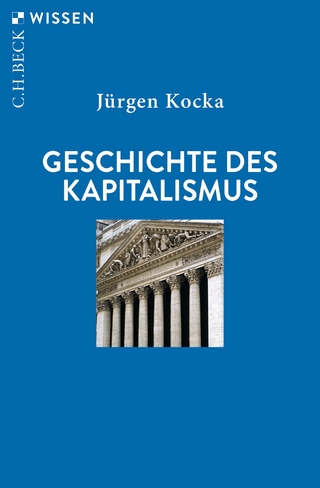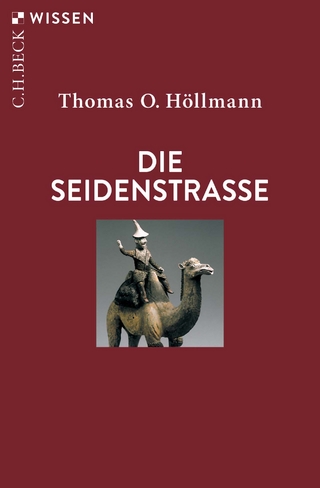
The Sacred Waters ‘of’ Varanasi
The Colonial Draining and Heritage Ecology
Seiten
2024
Routledge (Verlag)
978-1-032-52313-2 (ISBN)
Routledge (Verlag)
978-1-032-52313-2 (ISBN)
- Lieferbar (Termin unbekannt)
- Versandkostenfrei innerhalb Deutschlands
- Auch auf Rechnung
- Verfügbarkeit in der Filiale vor Ort prüfen
- Artikel merken
This book on urban water bodies, catchment areas and drainage pattern is set against the backdrop of the unprecedented heavy rainfall that severely deluged metropolitan cities and other parts of India in recent years. The recurring natural catastrophes in water-stressed cities of India and alarming rate of diminishing water bodies, wetlads and catchment areas needs a re-visit to an entire urban water-cycle.
This book, thus, discusses how the processes and implementation of colonial urban development policies and projects have radically transformed the water bodies and their catchment areas – traditional water holding systems of Varanasi city. In this imperative colonial process, through the case study of Varanasi, the book mainly engages with the reasons behind the elimination of the temple tanks and ponds after the annexation of Varanasi by the British from 1775 till 1947. The book investigates the colonial notion of ‘dry city’, and how this notion crafted the process of separating land and water bodies, which arguably resulted in the reclamation and draining of water bodies, and also gave rise to water pollution. Additionally, the book analyzes the elimination of water bodies and loss of catchment areas through the ongoing processes of restoring the ancient city’s natural and cultural heritage.
Print edition not for sale in South Asia (India, Sri Lanka, Nepal, Bangladesh, Pakistan and Bhutan)
This book, thus, discusses how the processes and implementation of colonial urban development policies and projects have radically transformed the water bodies and their catchment areas – traditional water holding systems of Varanasi city. In this imperative colonial process, through the case study of Varanasi, the book mainly engages with the reasons behind the elimination of the temple tanks and ponds after the annexation of Varanasi by the British from 1775 till 1947. The book investigates the colonial notion of ‘dry city’, and how this notion crafted the process of separating land and water bodies, which arguably resulted in the reclamation and draining of water bodies, and also gave rise to water pollution. Additionally, the book analyzes the elimination of water bodies and loss of catchment areas through the ongoing processes of restoring the ancient city’s natural and cultural heritage.
Print edition not for sale in South Asia (India, Sri Lanka, Nepal, Bangladesh, Pakistan and Bhutan)
Mahesh Gogate is affiliated researcher at Kyoto University, Japan and studying the dynamic and fluid topography of Varanasi city, India. Before academia, he worked in the software the industry, and spent many years working as a research associate.
Figures and Tables
Acknowledgements
Introduction
1. City of Waters
2. The Tale of Two Maps
3. Draining the Wet City
4. Debating Heritage Ecologies
Conclusion
Appendices
Bibliography
Index
| Erscheinungsdatum | 15.10.2024 |
|---|---|
| Zusatzinfo | 3 Tables, black and white; 46 Halftones, black and white |
| Verlagsort | London |
| Sprache | englisch |
| Maße | 138 x 216 mm |
| Gewicht | 360 g |
| Themenwelt | Geschichte ► Teilgebiete der Geschichte ► Wirtschaftsgeschichte |
| Naturwissenschaften ► Geowissenschaften ► Hydrologie / Ozeanografie | |
| Sozialwissenschaften ► Soziologie | |
| ISBN-10 | 1-032-52313-1 / 1032523131 |
| ISBN-13 | 978-1-032-52313-2 / 9781032523132 |
| Zustand | Neuware |
| Haben Sie eine Frage zum Produkt? |
Mehr entdecken
aus dem Bereich
aus dem Bereich


